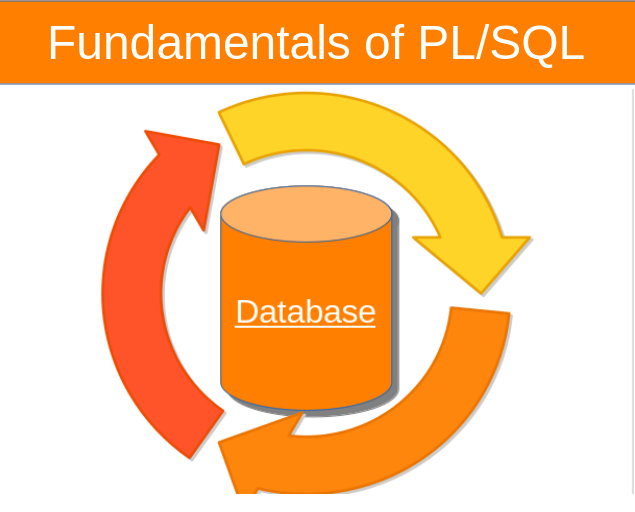Understanding Database Architecture
- compnomics
- Aug 24, 2024
- 2 min read
Database architecture is the blueprint that outlines the structure and components of a database system. It defines how data is stored, accessed, and managed. A well-designed architecture ensures efficient performance, data integrity, and scalability.
Key Components of Database Architecture
Data Storage:
Physical Storage: This refers to the actual hardware where data is stored, such as hard drives, solid-state drives (SSDs), or cloud storage.
Logical Storage: This defines how data is organized and structured within the database system, typically using tables, columns, and rows.
Query Processing Engine:
Responsible for executing SQL queries and retrieving data from the database.
Optimizes query execution plans to improve performance.
Transaction Management:
Ensures data consistency and integrity by managing transactions.
Provides features like atomicity, consistency, isolation, and durability (ACID) to guarantee reliable data updates.
Data Security and Access Control:
Implements security measures to protect sensitive data from unauthorized access.
Manages user permissions and privileges to control access to different parts of the database.
Concurrency Control:
Handles situations where multiple users access the database simultaneously.
Prevents data inconsistencies and conflicts.
Common Database Architectures
Single-Tier Architecture:
The simplest architecture where all database components reside on a single server.
Suitable for small applications with low data volumes.
Two-Tier Architecture:
Separates the application server from the database server.
Improves scalability and performance, especially for medium-sized applications.
Three-Tier Architecture:
Introduces a presentation layer between the application and database tiers.
Offers greater flexibility and modularity, suitable for large-scale enterprise applications.
Distributed Database Architecture:
Data is distributed across multiple physical locations.
Improves scalability, fault tolerance, and performance for geographically dispersed applications.
Factors Influencing Database Architecture Choice
Data Volume and Complexity: The amount and type of data will determine the required storage capacity and processing power.
Performance Requirements: The expected level of performance, such as response time and throughput, will influence the choice of architecture.
Scalability: The ability to handle increasing workloads and data volumes over time.
Security and Compliance: The need to protect sensitive data and comply with industry regulations.
Cost: The cost of hardware, software, and maintenance.
By understanding database architecture, you can make informed decisions about designing and implementing database systems that meet your specific requirements.





Comments